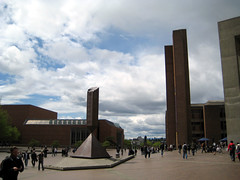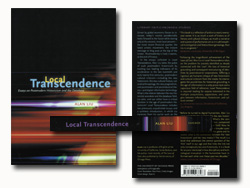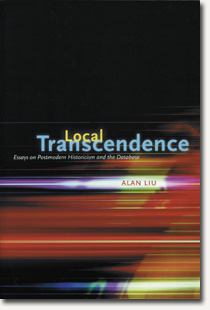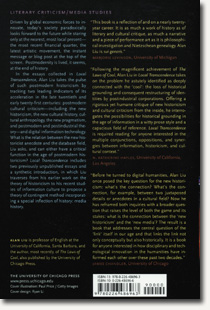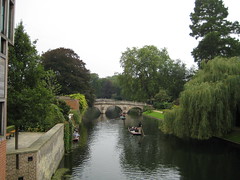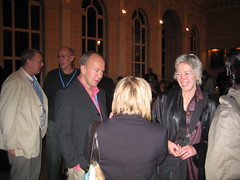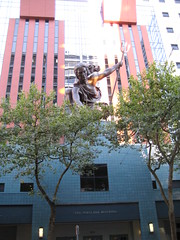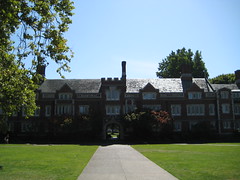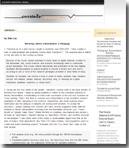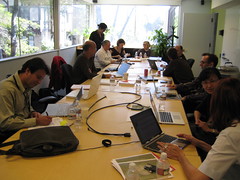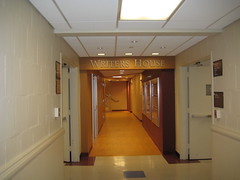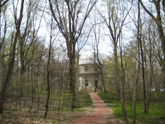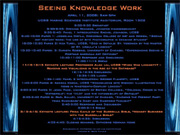Course site: http://english236-w2008.pbwiki.com/
Course Description: Because of the recent, shared emphasis in many fields on digital methods, scholars in the humanities, arts, social sciences, and sciences increasingly need to collaborate across disciplines. This course reflects theoretically and practically on the new digitally-facilitated interdisciplinarity by asking students to choose a literary work and treat it according to one or more of the research paradigms prevalent in other fields of study.
Students, for example, can choose a story or poem to model, simulate, map, visualize, encode, text-analyze, sample, mashup, storyboard, blog, or redesign as a game, machinima, database, hypertext, or virtual world.
English 236 studentsWhat are the strengths and weaknesses of one kind of research paradigm by comparison with others, including the new paradigms in the literary field that some scholars have recently called distance reading (as opposed to “close reading”) and modeling? For instance, what is the relation between interpreting and data-mining or visualizing?
This graduate-level course begins with discussion of selected readings and demos to set the stage. Readings include: Franco Moretti’s Graphs, Maps, Trees, Willard McCarty’s Humanities Computing, Katie Salen and Eric Zimmerman’s Rules of Play: Game Design Fundamentals, Jerome McGann and Lisa Samuel’s “Deformance and Interpretation,” and Stephen Ramsay’s “Algorithmic Criticism.” Demos include: the NetLogo agent-modeling environment, the Scratch visual programming environment, digital mapping tools, text-analysis programs, “mashup”-creation tools, the Ivanhoe literary interpretation game, visualization/ pattern-discovery tools, machinima-creation tools, Second Life, and other resources usable by non-programmers to create interesting projects.
After the initial unit of the course, students break into teams, choose a literary work, and collaborate in workshop/lab mode to produce a “proof-of-concept” final project. (Alternatively, students wishing to create a project in support of their dissertation may choose to work individually.) Collaboration will occur both face-to-face and virtually in the class wiki (possibly supplemented by virtual meetings in the UCSB English Department’s new Second Life instructional space). Final projects can be digital, video, acoustic, material, social, or some combination, but some digital representation must be created that can be exhibited on the class wiki or in the English Department’s gallery space in Second Life. Individual students also prepare research reports as well as write a final essay reflecting on the project.
 Audio/Video , Talks
Audio/Video , Talks



